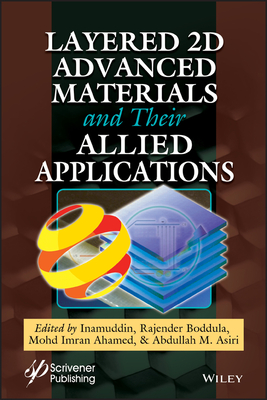Handbook of Graphene
暫譯: 石墨烯手冊
Stauber, Tobias
- 出版商: Wiley-Scrivener
- 出版日期: 2019-06-25
- 售價: $10,450
- 貴賓價: 9.5 折 $9,928
- 語言: 英文
- 裝訂: Hardcover - also called cloth, retail trade, or trade
- ISBN: 1119469597
- ISBN-13: 9781119469599
-
相關分類:
材料科學 Meterials
海外代購書籍(需單獨結帳)
相關主題
商品描述
After more than 10 years of worldwide research activity, the Handbook of Graphene, Volume 2, which is dedicated to selected topics in "Physics, Chemistry, and Biology," is attempting to give an overview on the multitude of different research directions that are currently performed on the international level.
Pristine graphene is nominally a semimetal, but in practice its electronic properties and structure are often modified as analyzed in Chapters 2, 3, and 11. These changes can be due to topological defects (see Chapter 1), chemical adsorption (see Chapter 7), isolated vacancies (see Chapter 12), strain (see Chapter 8), or by confined geometries/nanoribbons (see Chapter 5). Electron-electron interaction can also modify graphene's properties as outlined in Chapters 4 and 14, focusing on the Fermi velocity renormalization and optical response as well as on the magnetotransport in the extreme quantum limit, respectively. Furthermore, graphene or other two-dimensional structures often need to be described as membrane as described in Chapters 6, 9, 17, and 18. Among possible applications, arguably optoelectronic devices are among the most likely ones as reviewed and analyzed in Chapters 19 and 13, respectively. Graphene can also host highly confined surface plasmon-polaritons with low losses and their properties are discussed in Chapters 15 and 16. Finally, graphene's use for the detection of biomolecules as well as tissue engineering and regenerative medicine are described in Chapters 10 and 20, respectively.
商品描述(中文翻譯)
在全球研究活動超過十年的背景下,專注於「物理、化學和生物」的《石墨烯手冊》(Handbook of Graphene)第二卷,試圖概述當前在國際層面上進行的多種不同研究方向。
原始石墨烯名義上是一種半金屬,但在實際應用中,其電子特性和結構經常會被修改,這在第二、第三和第十一章中有分析。這些變化可能是由於拓撲缺陷(見第一章)、化學吸附(見第七章)、孤立的空位(見第十二章)、應變(見第八章)或受限幾何形狀/納米帶(見第五章)所引起的。電子-電子相互作用也可以修改石墨烯的特性,如第四章和第十四章所述,重點關注費米速度的重整化和光學響應,以及在極量子極限下的磁輸運。此外,石墨烯或其他二維結構通常需要被描述為膜,這在第六、九、第十七和第十八章中有詳細說明。在可能的應用中,光電設備無疑是最有可能的應用之一,這在第十九章和第十三章中分別進行了回顧和分析。石墨烯還可以承載具有低損耗的高度受限表面等離子體極化子,其特性在第十五章和第十六章中進行了討論。最後,石墨烯在生物分子檢測以及組織工程和再生醫學中的應用分別在第十章和第二十章中進行了描述。











